STORY AND PHOTOGRAPHS BY FRIDERIKE HEUER

IN THE STAUNCHLY CONSERVATIVE, predominantly Catholic German village of my childhood, we children eagerly anticipated three occasions each year. Carnival came around in February, an affair that allowed the entire population to break the social rules and party to the point of excess. Kids collected massive amounts of candy thrown during the parade of the few floats the village could muster, and adults knew that all would be forgiven come confession on Ash Wednesday.
In November we jumped around the bonfires of St. Martin’s Day, with paper- lantern processions illuminating the dark streets at night. Your kindergarten teacher, wearing a ratty red velvet cape that the saintly knight was said to have shared with a beggar, handed out hot cross buns to all. Both occasions were goose-bump territory: being around unrecognizable, disinhibited adults at the beginning of the year could be mystifying. Being allowed out into the cold night at the end of the year, with fires reflected in the silver helmet of St. Martin’s apparition, could be overwhelming.
Neither, however, compared to the emotions riled up when the circus arrived each summer. This was in the 1950s, over half a century ago, mind you, and circus was still a rather modest affair. They’d pitch a tent on an empty field between the diocese and the fire station, with bleachers in the round close enough to the small arena that you could see the sweat on the acrobats’ faces and smell the cheap brown stage makeup of grown men playing, I shudder to say, cowboys and Indians while performing tricks on the backs of some exhausted ponies. And always, always, a ravishing maiden with a trained poodle. Poor poodle.
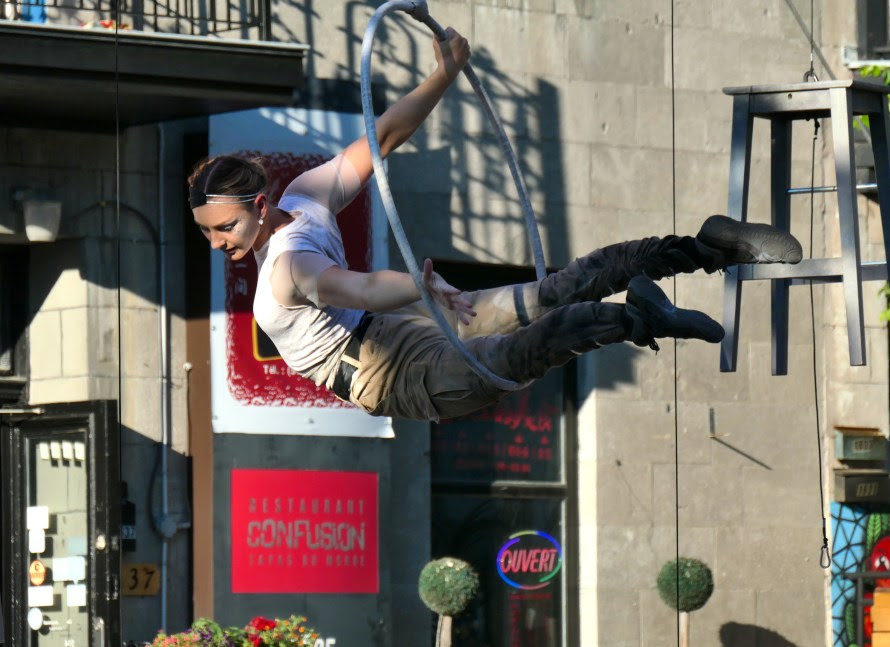

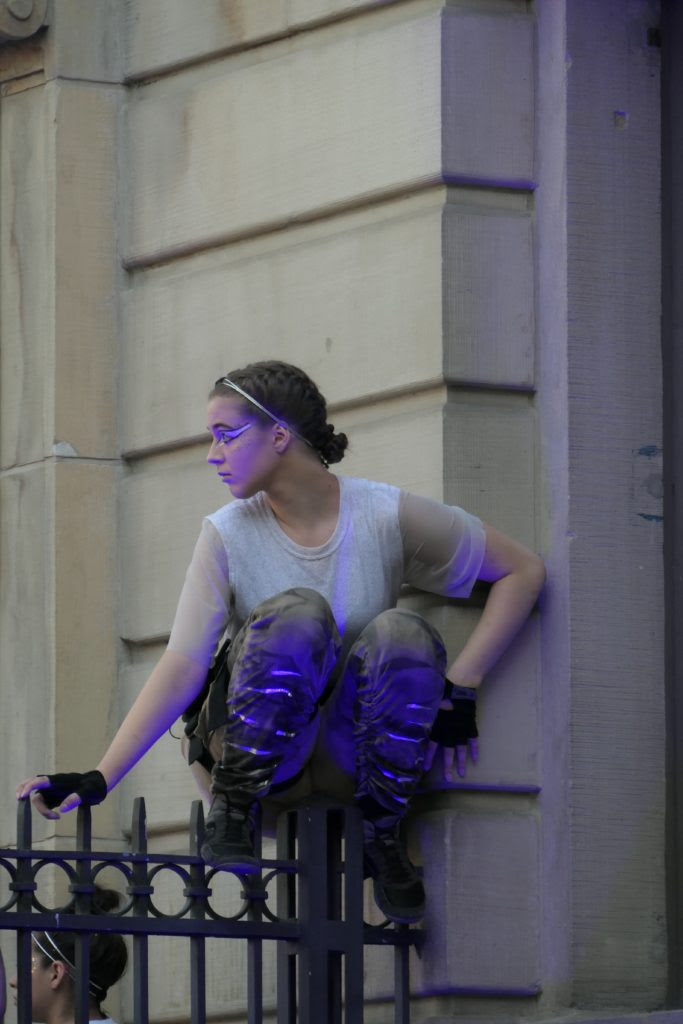
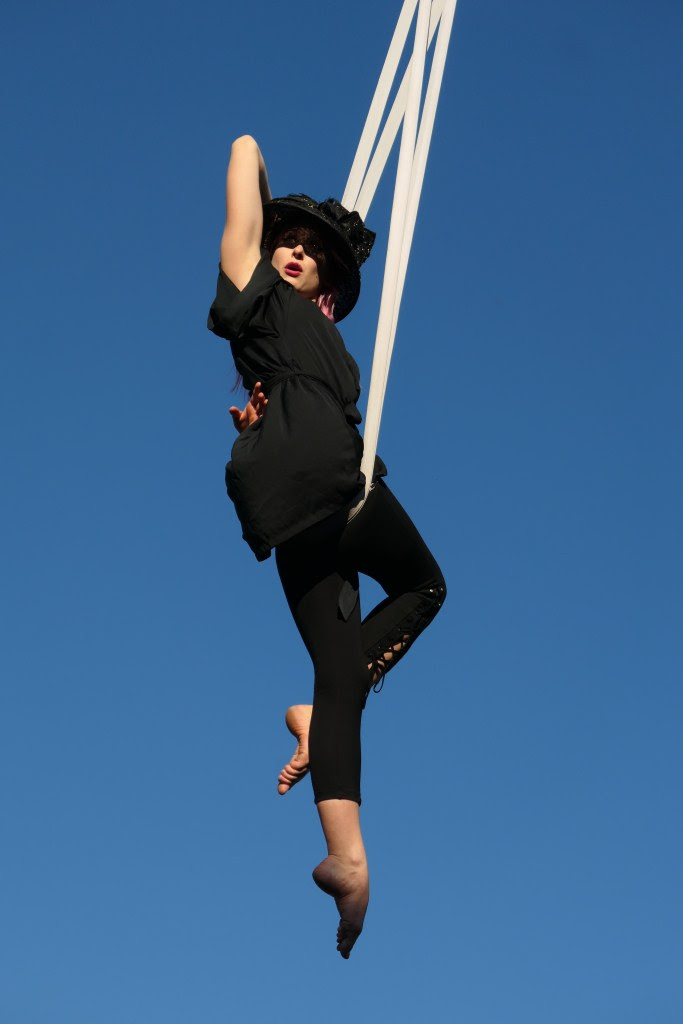
There were a clown or two, some jugglers, and high-wire and trapeze acts that went to the core of the experience: a shared range of emotions between members of the audience and the performers. There was distributed anticipatory anxiety, moments of collective breath-holding, and then exuberant relief by one and all when once again the laws of nature were seemingly defied, or at least nature’s wrath was held at bay.
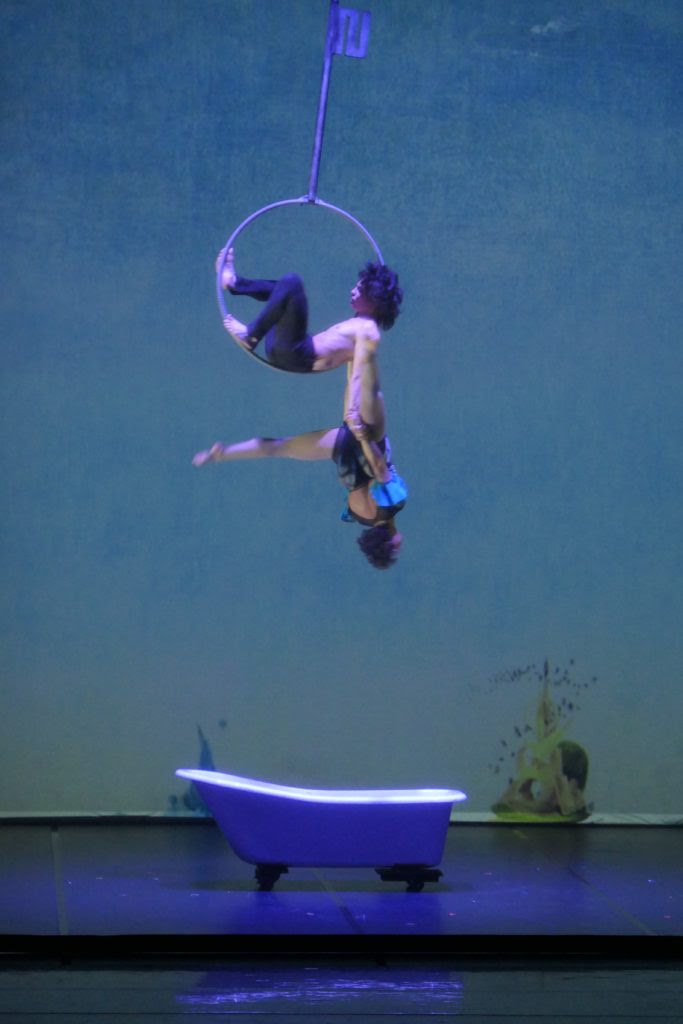
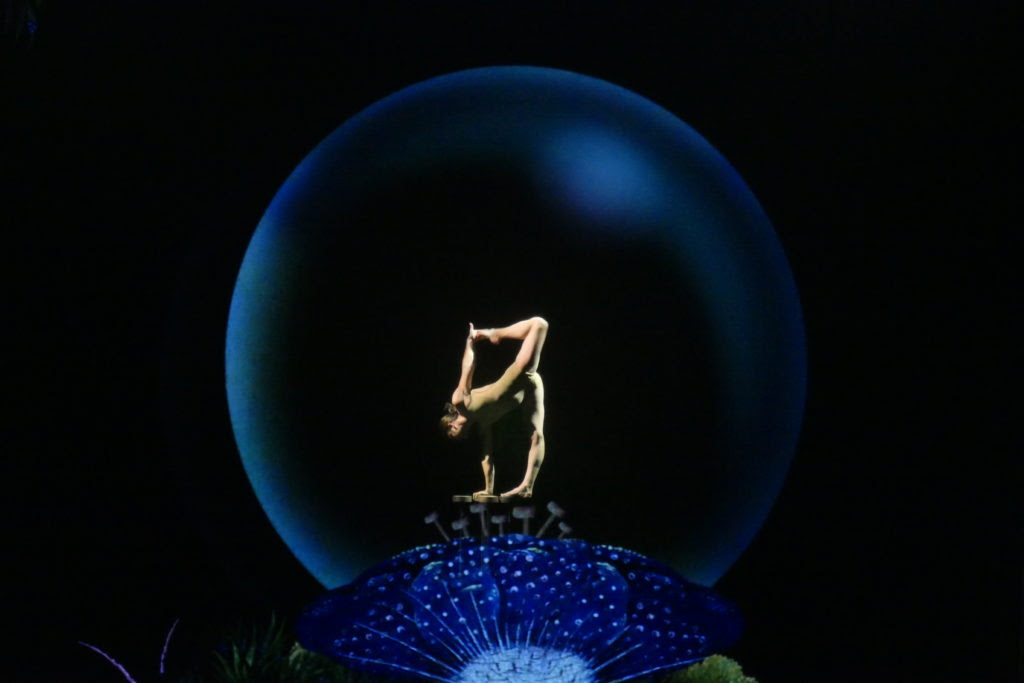

There was an immediacy to the experience, and a connectivity, that for me defines this discipline in contrast to many other endeavors in the performing arts: not just skill acquired over years of practice, a sense of the possible, a tackling of the impossible (all of which can be said for musicians, actors, and dancers as well, who personally interact at least in theory with the audience before them) – but an element of elective risk-taking that in the moment is understood by both acrobat and audience to entail danger, to depend on the confidence and skill or strength of the performer, and which is open to potentially catastrophic failure.

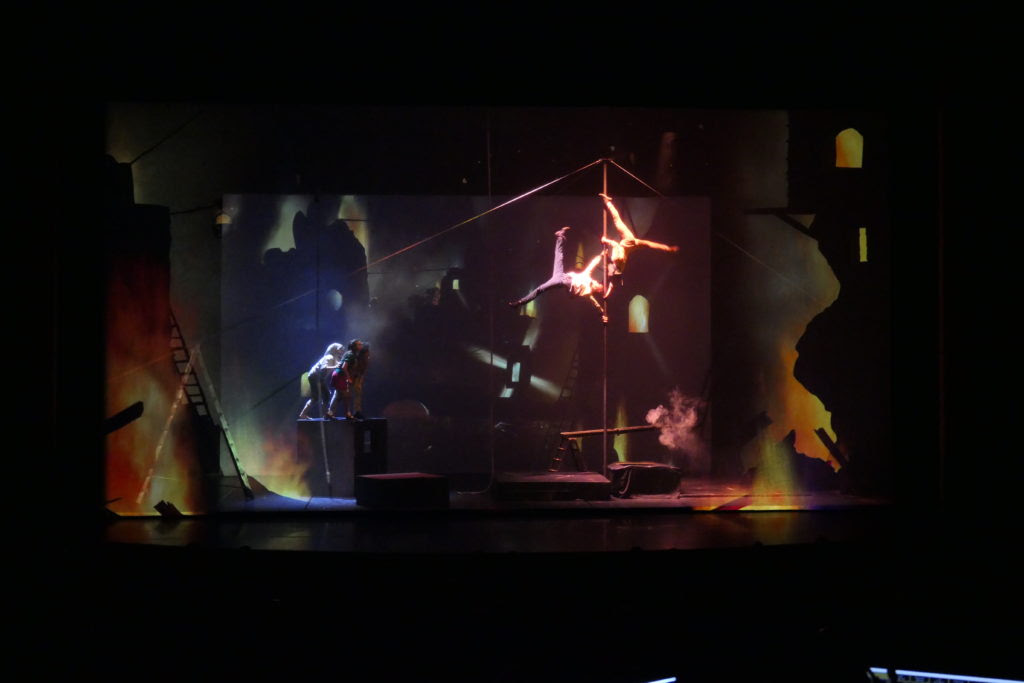
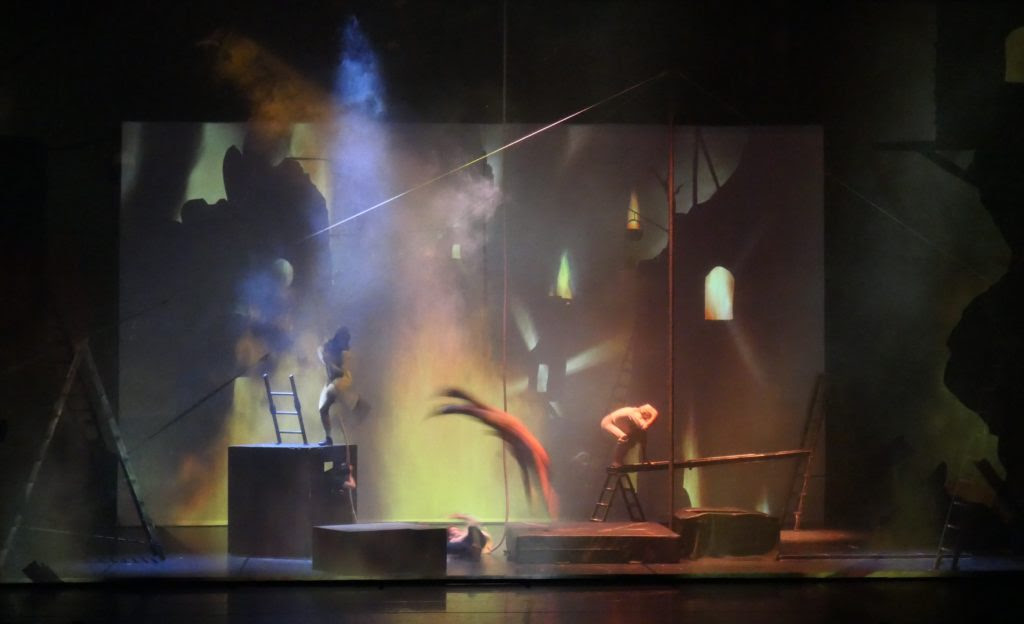
Music might make you breathe faster through beauty or virtuosity, actors might make your skin crawl with the rawness of their emotion, dancers might lift your soul when your own limbs no longer lift, but circus performers’ acts can make your heart stop: more than goose bumps, they incite empathic fear and subsequent relief, as anyone who has ever held their breath and then audibly released it in unison with hundreds of other audience members can confirm.

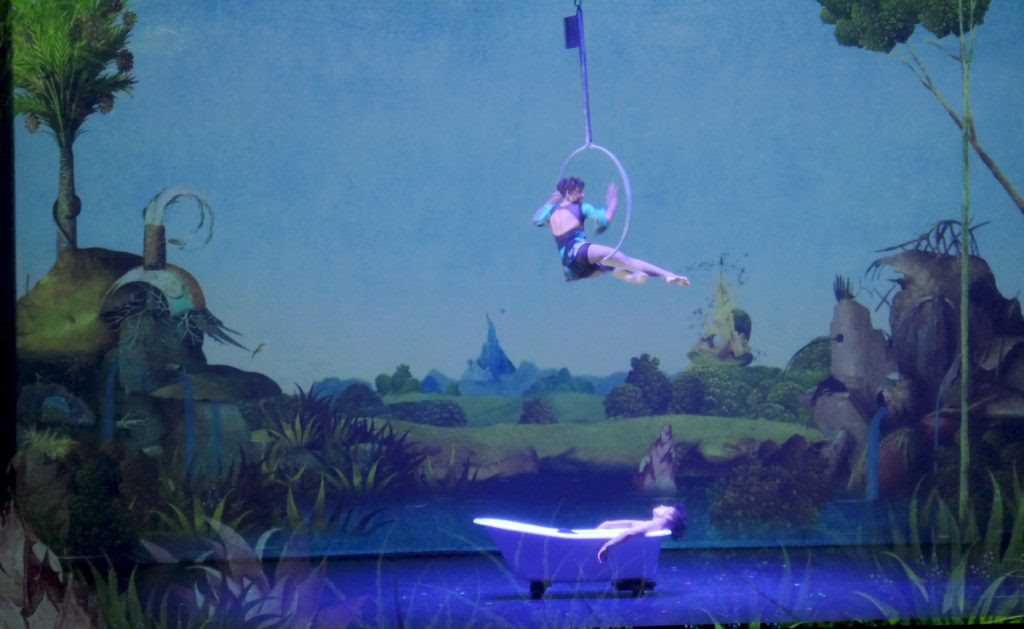
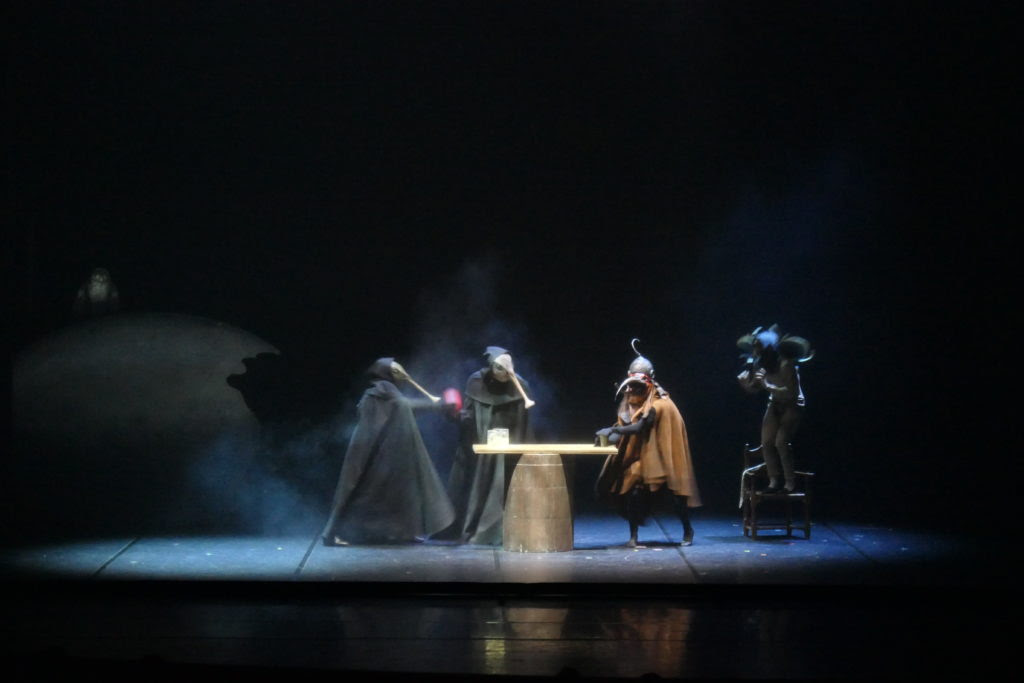
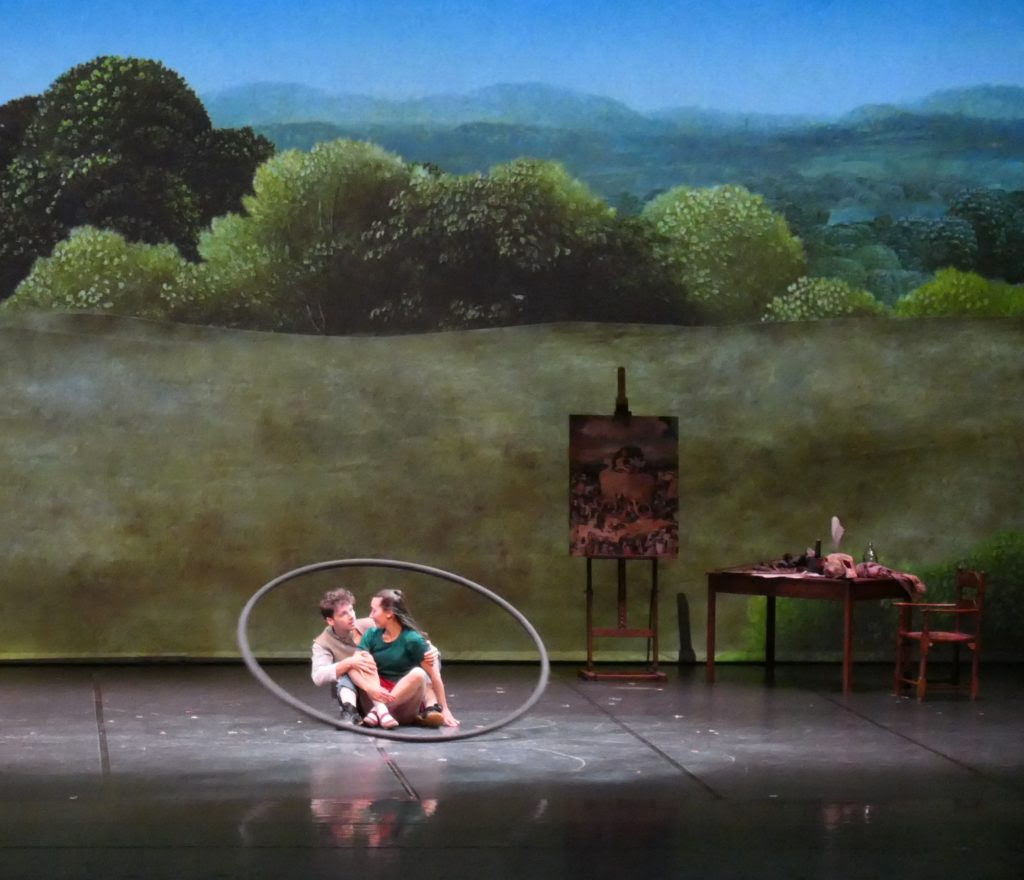
It does not matter if the connection is made because you admire the daring, or long for the physical prowess, or marvel at the creativity of the act. It does not matter, although perhaps it plays a role, that circus comes to you – at least during its traditional history, and these days when performed in public spaces. What matters is that a bond is established between acrobats and audience, where at any given moment our knowledge of what is norm for a human body, and what is pushing it to the extreme, allows us to connect to those who challenge those norms in front of our very eyes, making us an accomplice to triumph or failure. Circus at its truest conjures empathy between humans who share physical boundaries and an emotional economy, both now challenged.
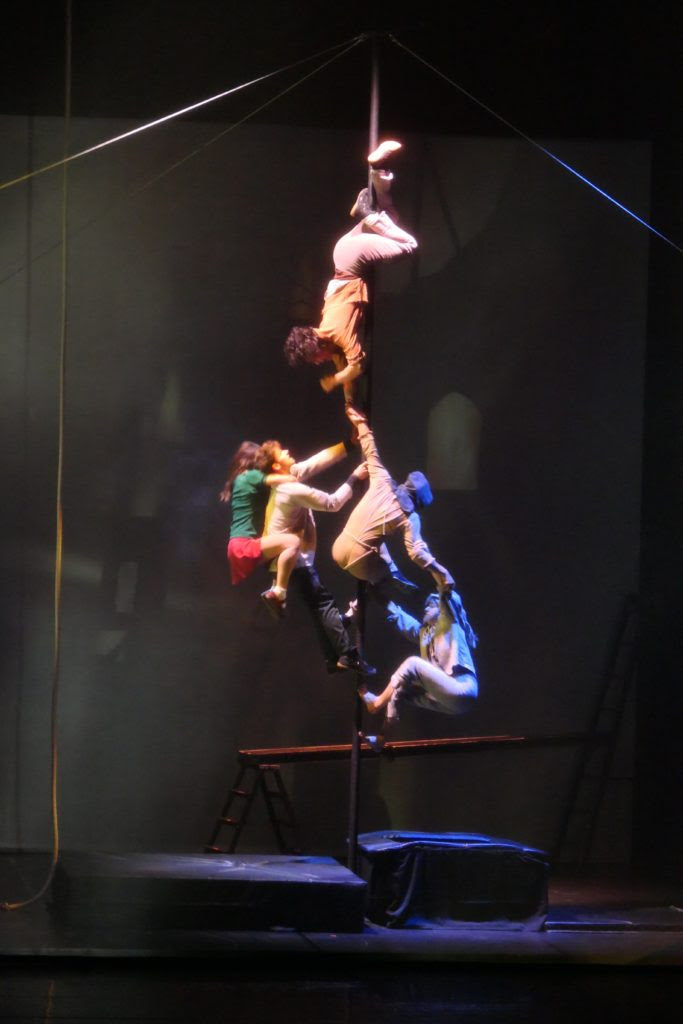
“Madame, you are not allowed to take photographs,” said the usher upon seeing me with my little point&shoot situated between the monstrous lenses of the pros from TV and newspapers surrounding me. Doubtful silence, when I pointed to my media pass. …
*
NOT FOR THIS CHILD, THE DREAM of running away with the circus. I could not stand the intense arousal many of the tricks produced, anxiety-prone that I am. Ironically, somewhat like Alice in Wonderland, I fell through a rabbit hole into circus world this month, some 60 years later, for a gig of photographic documentation of Montreal’s annual Circus Festival and its International Market of Contemporary Circus, MICC.

The 10-year-old festival and the market are presented by TOHU, a non-profit organization that aims to create the world’s biggest international circus community and presents circus activities throughout the city, on the streets, and in different venues. Tohu’s building is a green building, LEED certified, surrounded by vegetable gardens. The 360-degree hall is a marvel, with a capacity for 1,200 spectators; the building also has spaces for art exhibits, meetings, and so on, and is located next to the headquarters of Cirque du Soleil and the International Circus School, forming a Cité des arts du cirque.
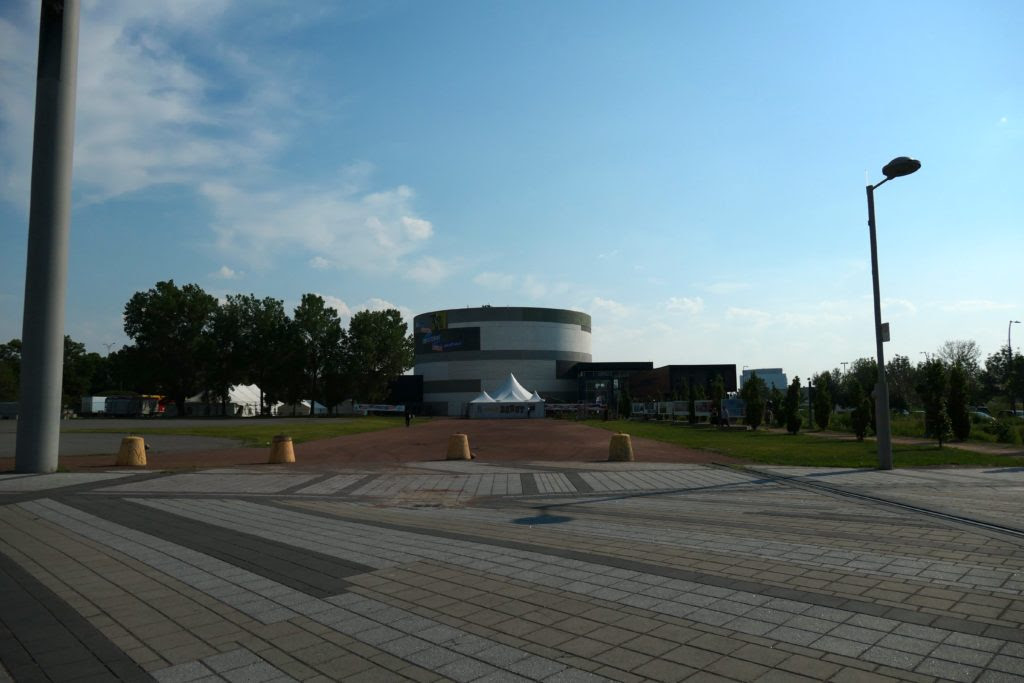
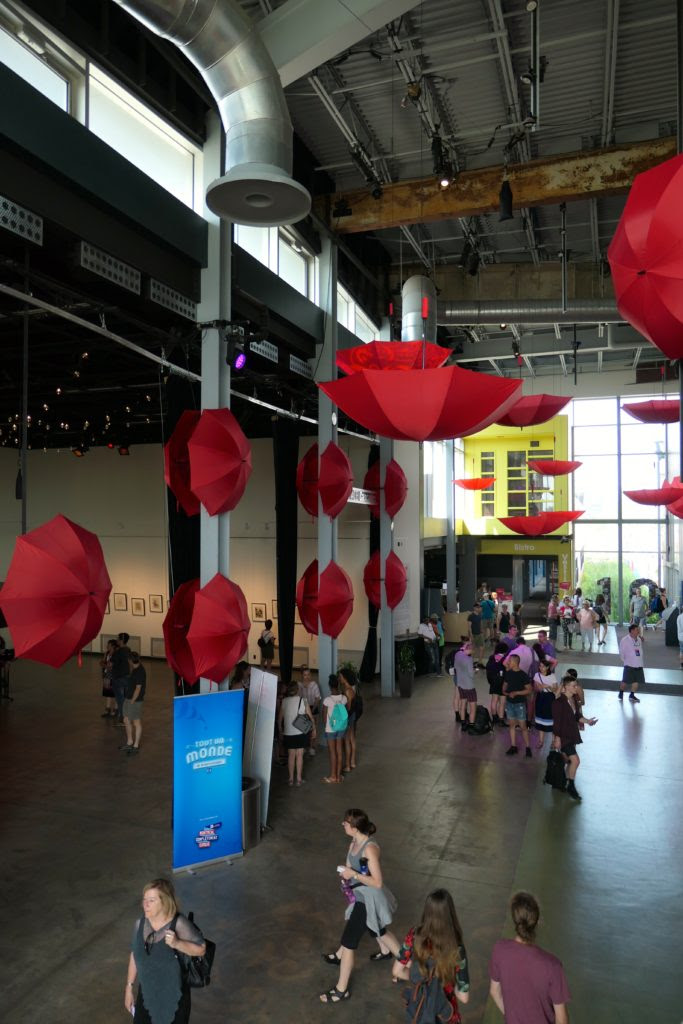
“The goal was to build a critical mass of infrastructure for creation, training and dissemination in the field of circus arts in the same location. The name was chosen to represent something dearly intended: It is derived from the French expression tohu-bohu, which alludes to the chaos and energy that precedes renewal and transformation.” (Turns out the name Tohu is actually rooted in Hebrew, but became French colloquial early on.)
The adjunct MICC, now in its fifth year, offers conferences with professional lectures tackling issues ranging from networking, international travel/visa requirements, and sociological research to the politics of performance in public squares and the obstacles to inclusion.



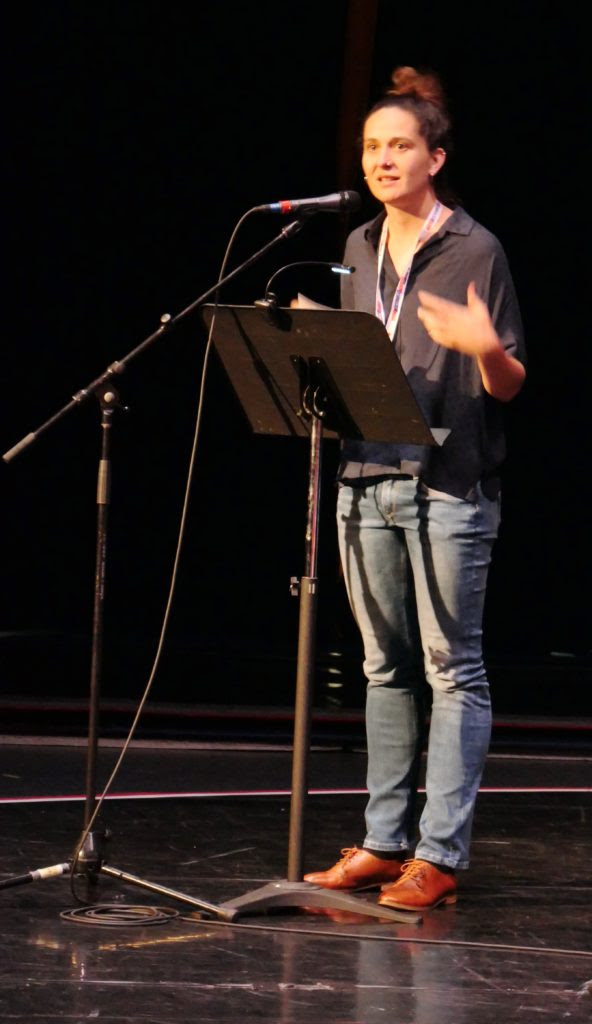
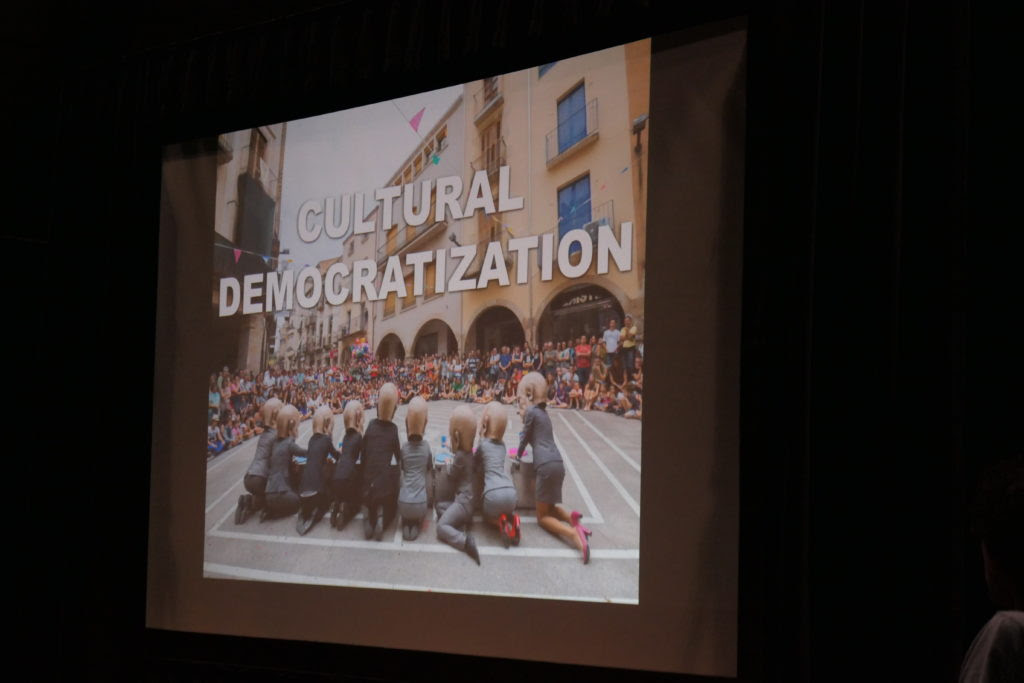
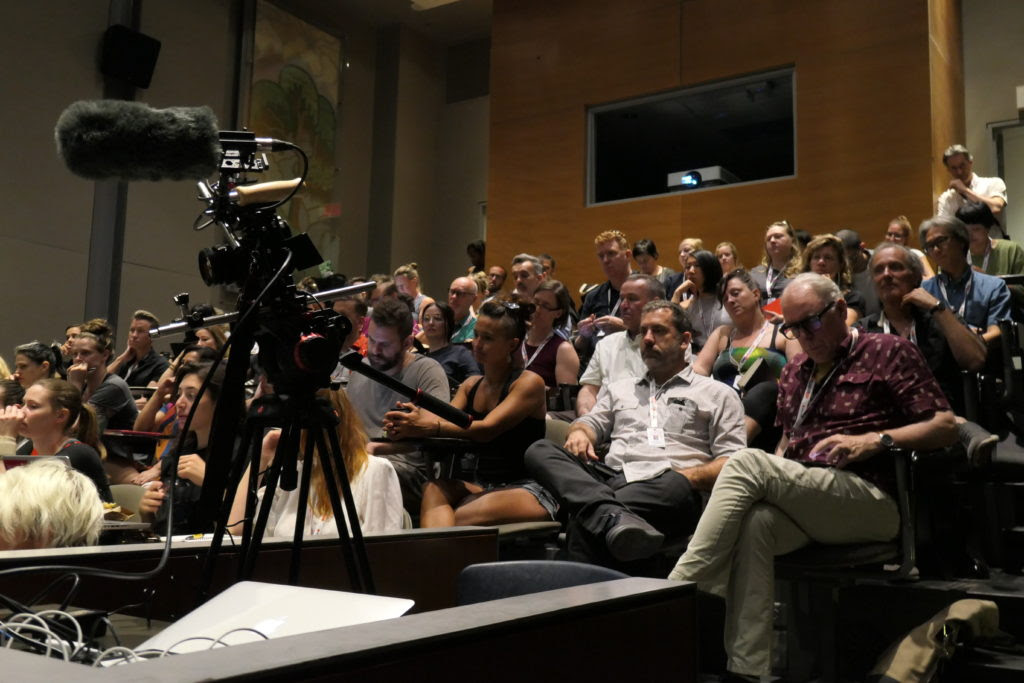
MICC matches up some 300 professionals, performers, presenters and producers and culminates in “pitches” that allow companies to describe their artistic vision and creations to a large audience of presenters trying to choose who to book for the next season.
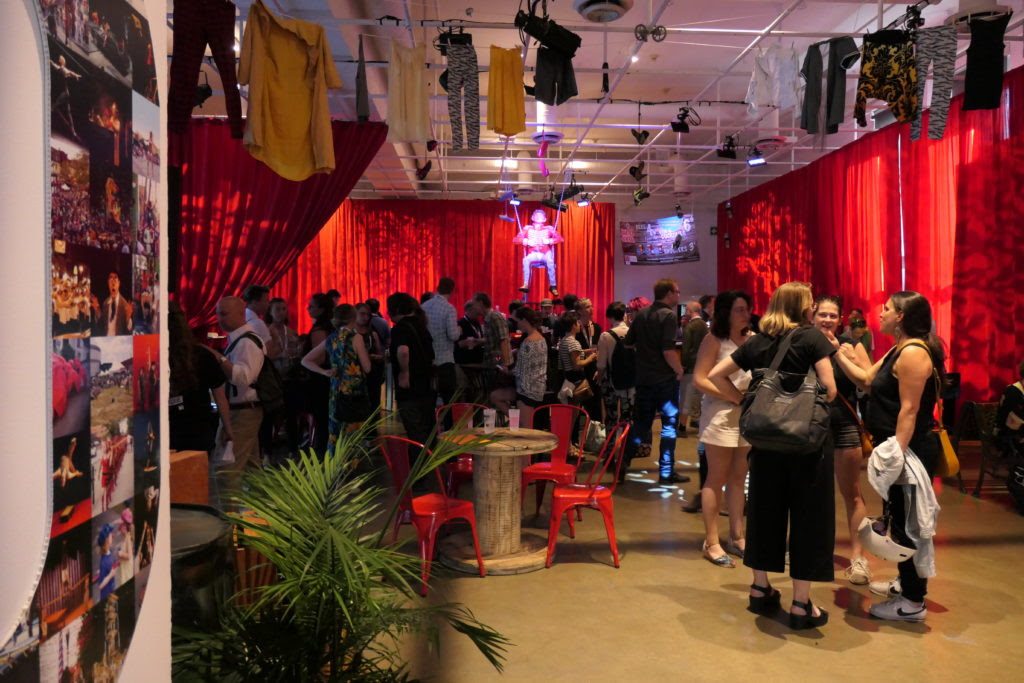

The predominantly female team that curated MICC with a tight, creative focus was under new leadership: Ruth Wikler was recently appointed Deputy Director of Circus Programming by Stephane Lavoi, Tohu’s executive and programming director.
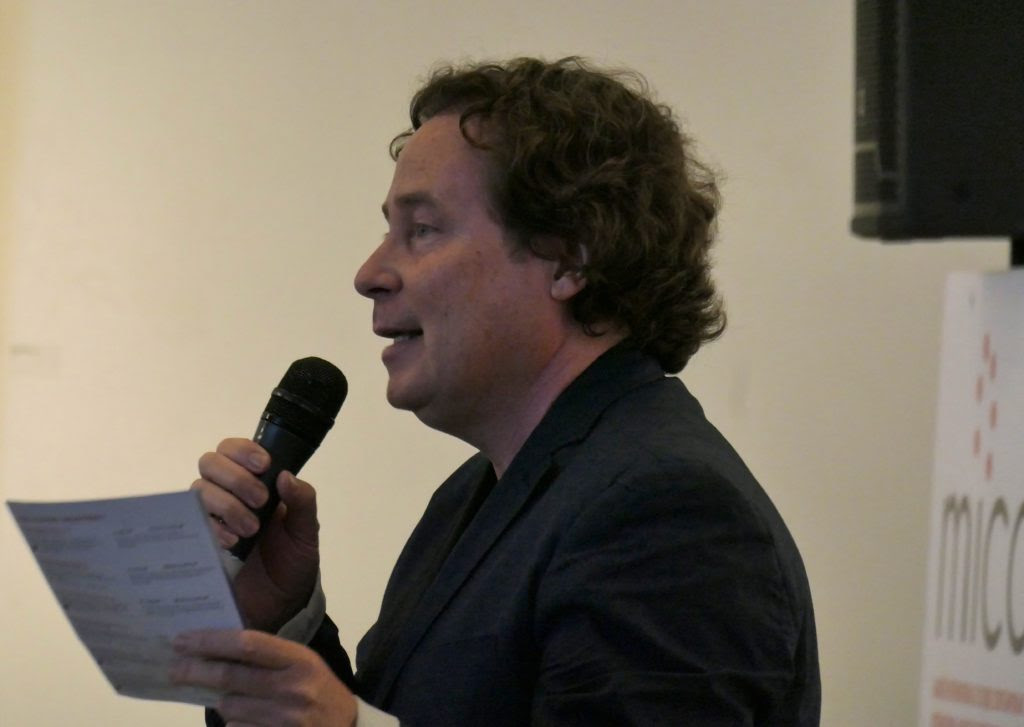
Wikler’s circus background, both applied and with a theoretical bent (a degree from Circomedia contemporary circus and physical theater school in Bristol, U.K.; founder and artistic director of Cirque Boom in New York City in the early 2000s, and extensive U.S. and international publications on circus history and practice) make for a good fit with the company.
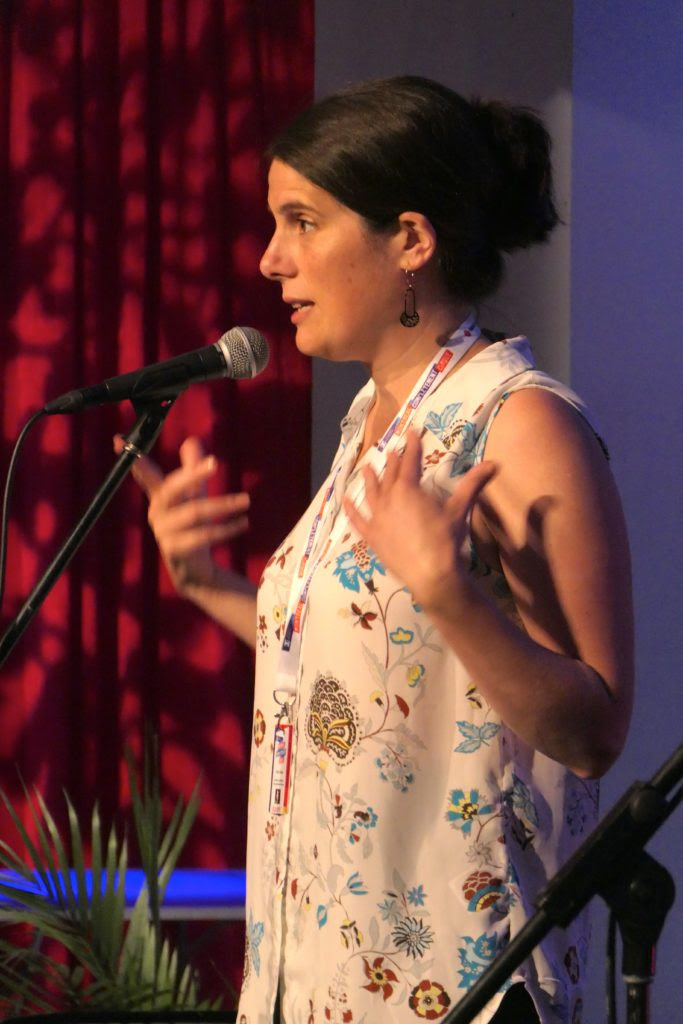
Her international connections and ability to converse fluently in three languages will also help with the goal to expand TOHU’s impact beyond Montréal, building partnerships and tours across North America. Last but not least, as we here in Portland know from the decade-long history of Boom Arts, her curatorial prowess will serve circuses’ cause well – it was certainly in brilliant evidence at MICC. Montréal’s gain, Portland’s loss!
*
WHAT DID I LEARN ABOUT CONTEMPORARY CIRCUS? Circus world, from the perspective of this layperson, can best be described as being in a dialectical state of tension with regard to both its form and its function. What Theodor W. Adorno, three years before his death, said in his 1966 talk at the Akademie der Künste in Berlin, “Art and the Arts,” might well apply to new circus: “Borders between artistic genres have begun to merge, or more precisely, their demarcation lines have gotten lost in the fray.” (My translation.) It was perhaps no coincidence that only two years later, Alexander Kluge’s early masterpiece Artists under the Big Top: Perplexed appeared on the German experimental film scene.
Traditional circus, established in England as early as the 1700s, used to be exclusively devoted to “tricks,” often presented simultaneously, from horseback-riding acrobatics to tumbling, juggling, and aerial performance. It slowly developed into the spectacles of the kind we associate with the Ringling Brothers performances, and nowadays, of course, the explorations of the likes of Cirque du Soleil.
Contemporary circus, it seems, is torn between wanting to adhere to the traditional form, on the one hand, and exploring content based on narrative, dramaturgy, and theatrical arts on the other hand. This often requires – or, more positively put, allows – multi-disciplinary interaction, integrating other artistic media from live musical performance, videos, to modern dance into circus performance. Visionary intellectual Yaron Lifschitz, director of Australia’s Circa, described the experiential parts of such collaborations that go beyond the practicalities of modernizing the field and offering more diverse avenues for young talent: The interaction between artists coming from different fields often creates life-changing experience, transcending simple application of one’s trade and developing a synergy that transforms circus into art.
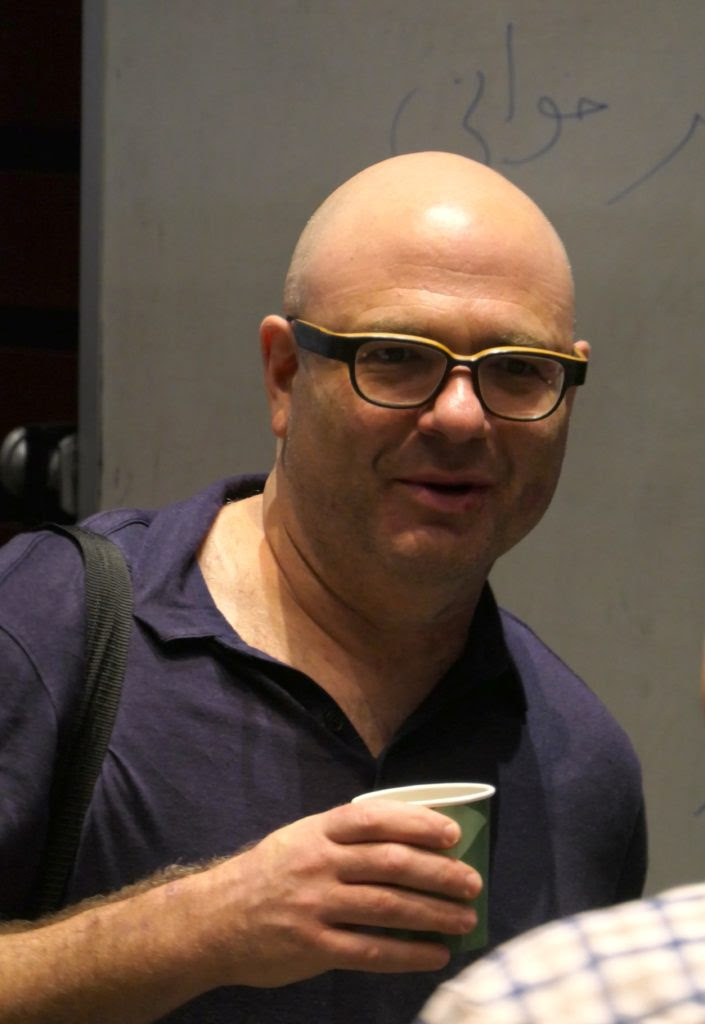
And speaking of art: the Whitney has currently re-upped a pioneering piece by Alexander Calder: the joyful, playful, exuberant Circus, a sculptural anti-depressant if there ever was one:
“Circus consists of an encyclopedic, Whitmanesque array of sculptures that look like toys that look like incubi, fairies, strange inventions, mousetraps, gadgets, puppets, and Rube Goldberg–like contraptions. Once upon a time, all of these elements moved, performed, bounced around, zoomed through the air, or danced on the ground. Calder, acting as a one-man ringmaster, would arrive with his suitcases full of stuff, roll out and construct his big top and, one by one in front of delighted live audiences, blow whistles, ring bells, bellow, and roar while his wife played rumba and fox-trot records on a nearby Victrola, the two bringing Circus to phantasmagorical life.”
*
VARYING DEGREES OF COMMERCIALIZATION, differences in size, exclusively acrobatic or interdisciplinary enriched – it all makes for a lot of variety. The same is true for what the differing circus organizations attempt to accomplish: from simple entertainment to a focus on social justice or education, performing in large halls or outdoor spaces that integrate the local population, engaging in universal storytelling or autobiographical descriptions; the diversity is impressive. Individual circus schools have now added courses in dramaturgy to their curriculum, and new approaches to analytic psychotherapy have emerged from the study of circus practices.
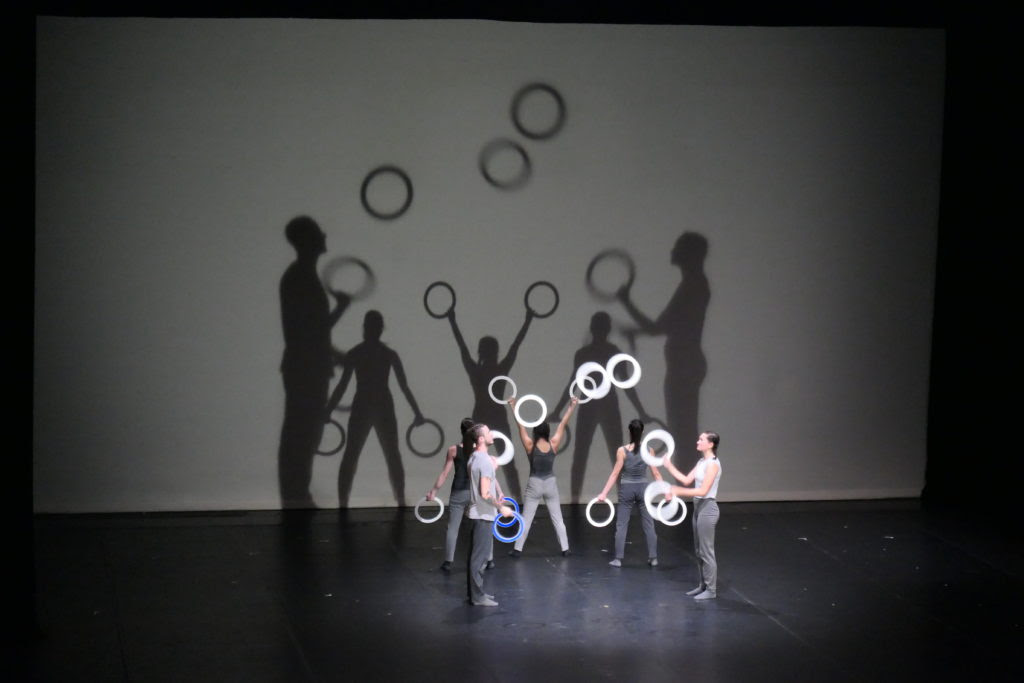
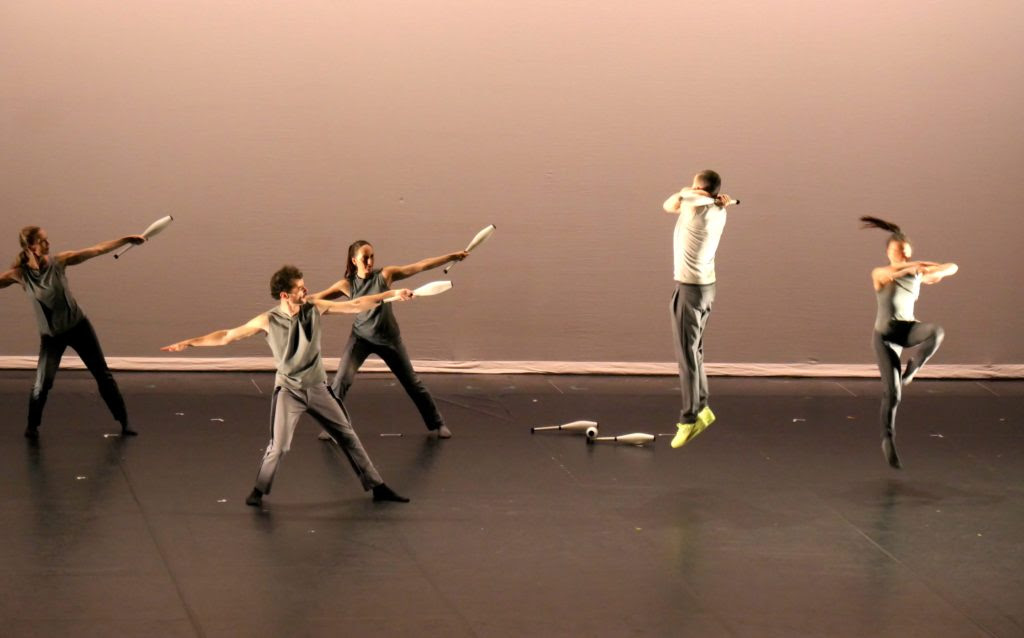

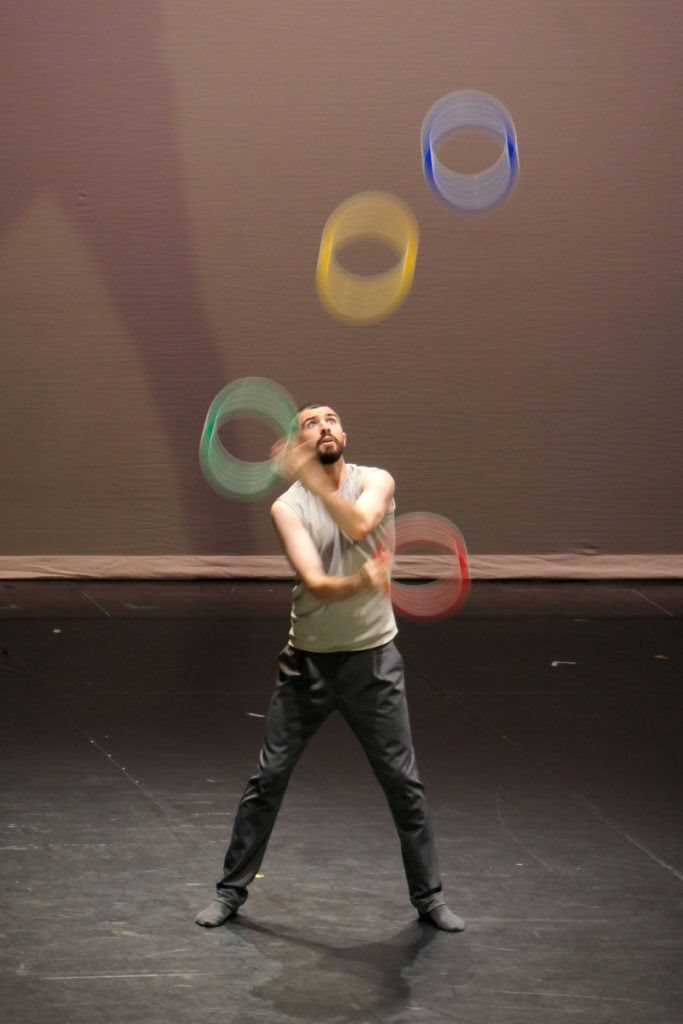

Modern dance is an obvious art form to be integrated with traditional circus practices, and nowhere was that more evident than in the performance of Spring, created by Gandini Juggling and choreographer Alexander Whitley. Relying on a minimum of narrative and a maximum of light trickery enhancing the brilliant movements, the show was a wonder. Portland’s White Bird has luckily provided our local audiences with similar experiences, with Cirque Alfonse being slated next, in February 2020.

*
DURING MICC’S “SPEED DATING” between performers and those likely to book them, there emerged a variety that made me realize how antiquated my own views of circus are (and that spoke to the wokeness of the curatorial team that produced such a smorgasbord for us to contemplate.) To name just a few: Canadian Les sept doigts de la main offers Inuit creation myths; Australian Brief’s Factory plays on gender stereotypes with an all-male Burlesque; Spain’s Amer I Africa (Enva) explores human relationship on a pile of straw; Canadian Le Marche du Crabe performs entirely for infants and toddlers, Les Parfaits Inconnues tackles the other end of life, with a hilarious performance about an aging acrobat; the British Laura Murphy with Contra, a cabaret of contradictions performed unhesitatingly in the nude; Mimbre, also from England, who present Lifted, with three women of differing body shapes interacting and carrying each other. You get the idea.
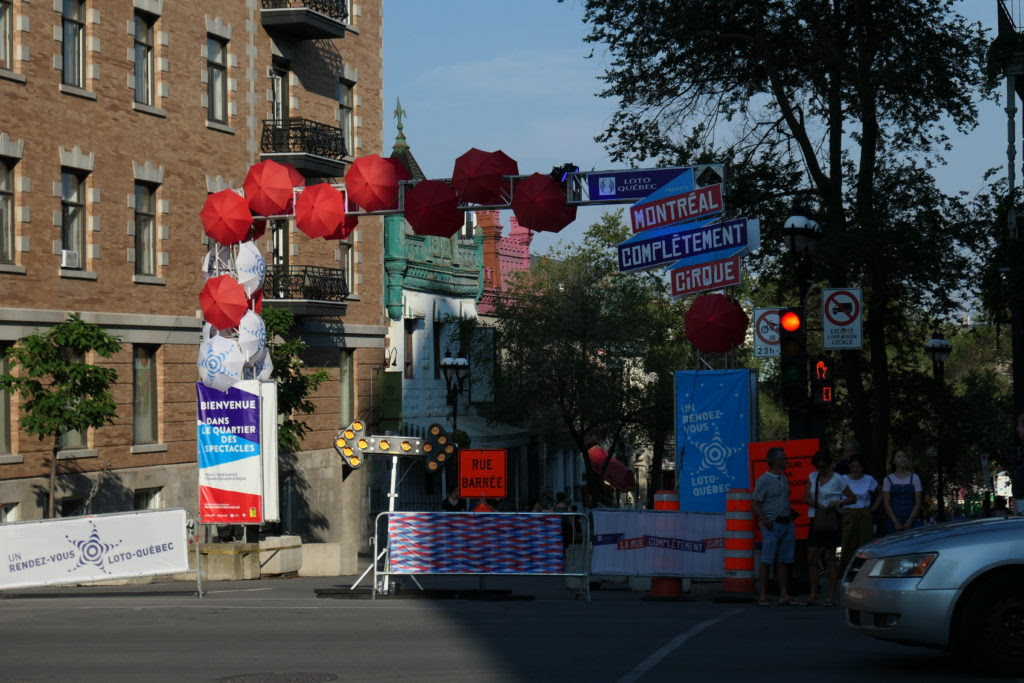
What moved me most was a circus company, Kingston Circus Arts, that relies entirely on artists living with disabilities, amputees included. It resonated deeply, I assume, given my father’s insistence, as a double amputee himself, to spend the annual winter vacation in Switzerland on the ice, participating in curling tournaments, wobbly prostheses be damned. Seeking risk to defy limitations is as close to circus as it gets.


What will stay with me for the longest, without doubt, is the concept of La Compagnie Basinga from France, which offers circus in the public square as both participatory and spectacular.
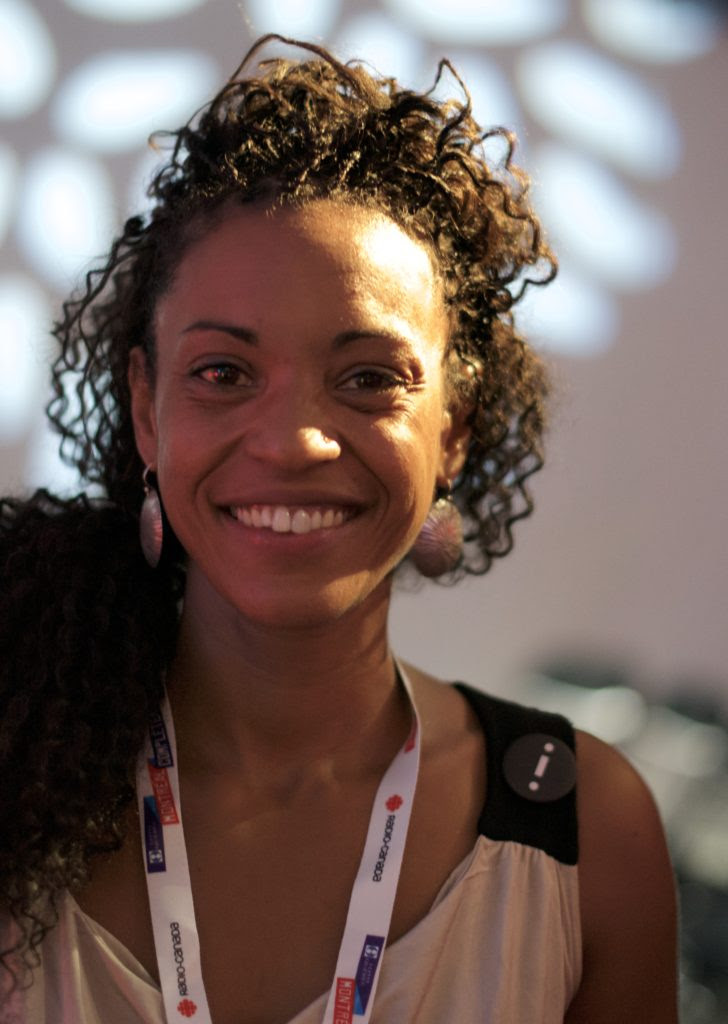
The artists move into low-income communities for a summer season and slowly integrate first children and then their families into the practices, ranging from actual acrobatics to all of the work involved in preparation of performances, from costume and set design, writing workshops and photography labs, to organizing security.
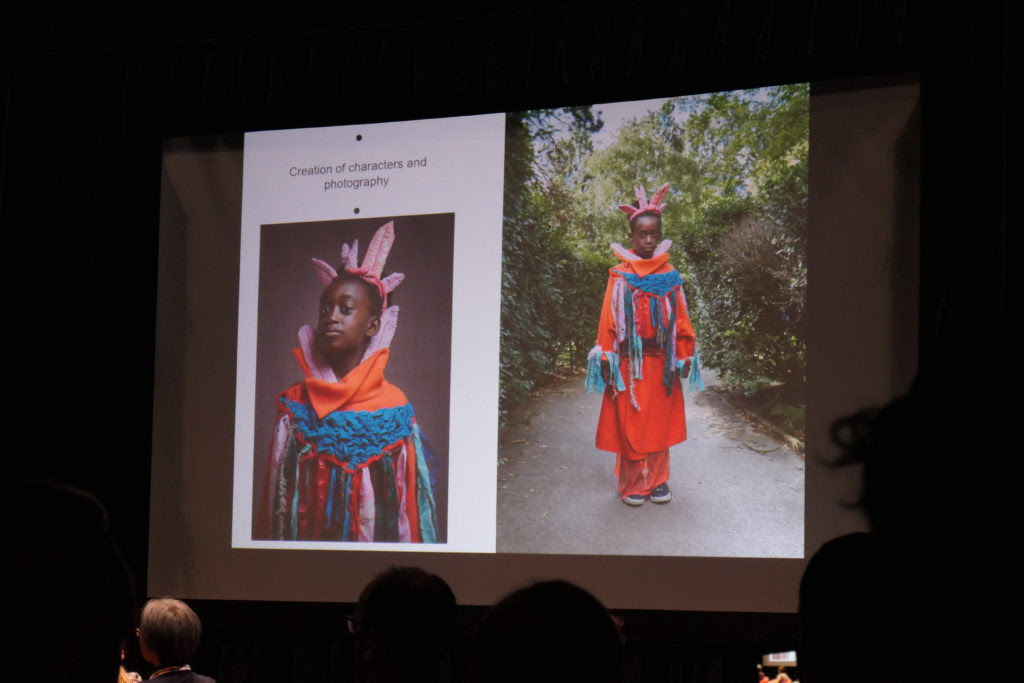
Tatiana-Mosio Bongonga, one of the main tight-rope walkers ands someone who often risks her life rejecting safety precautions, spoke persuasively of the role of interdependence and mutual aid in forming community. The effectiveness of social circus has indeed found some support in sociological research that is devoted to assessing how circus can change lives of youth at risk and prevent recidivism of those already caught in the penal system.
Circus has come a long way since I sat trembling in the village bleachers. Like any other art form it is struggling to evolve in ways that are meaningful and evocative and to secure autonomy in a world that has made culture a commodity. I certainly got glimpses of the possibility of something radical, utopian, critical, and emancipatory in contemporary circus – all that we demand from art.
- Friderike Heuer’s photographic essay was published originally on her web site YDP – Your Daily Picture on Monday, July 22, 2019, under the title Considering Circus. It is reprinted here by permission.































